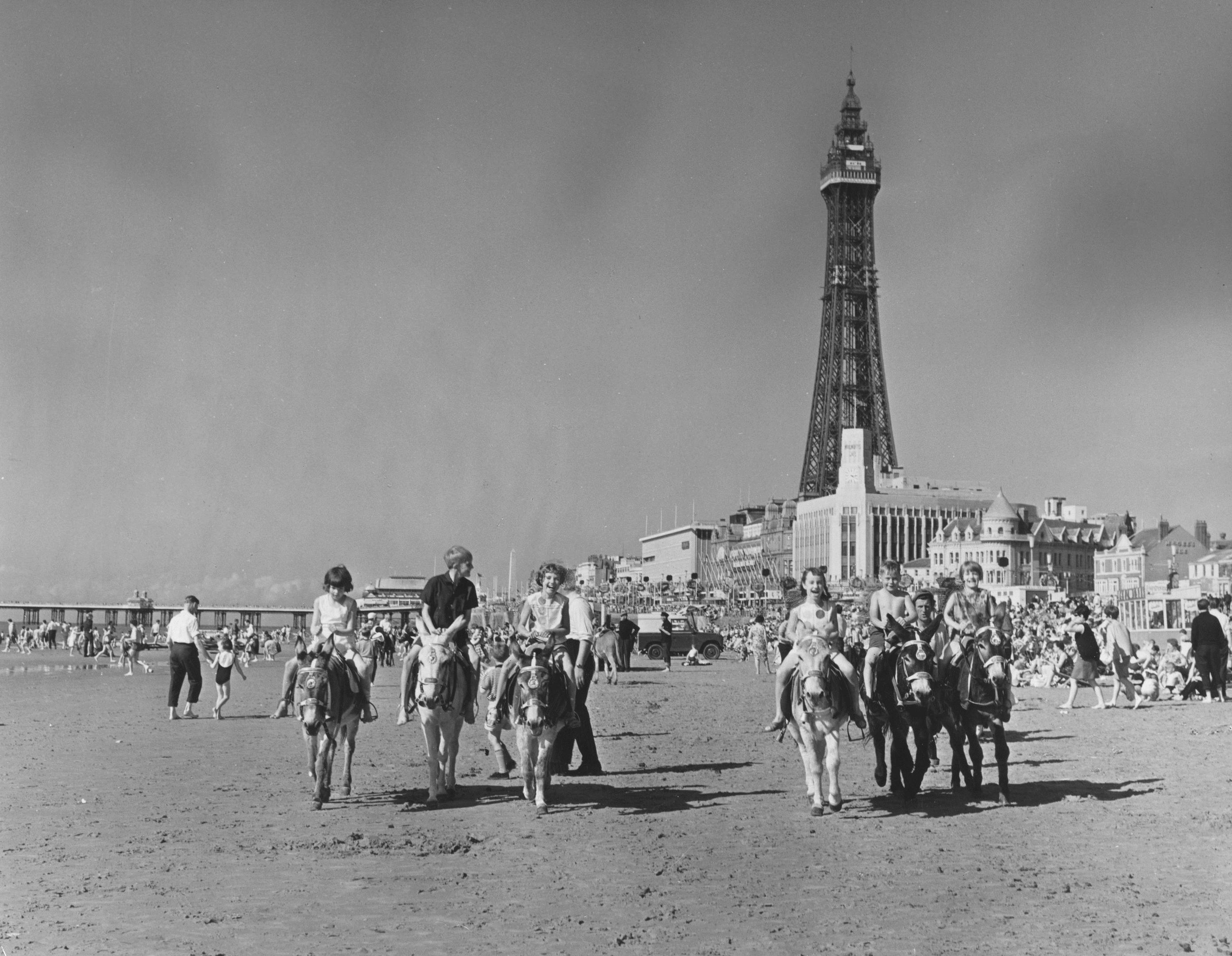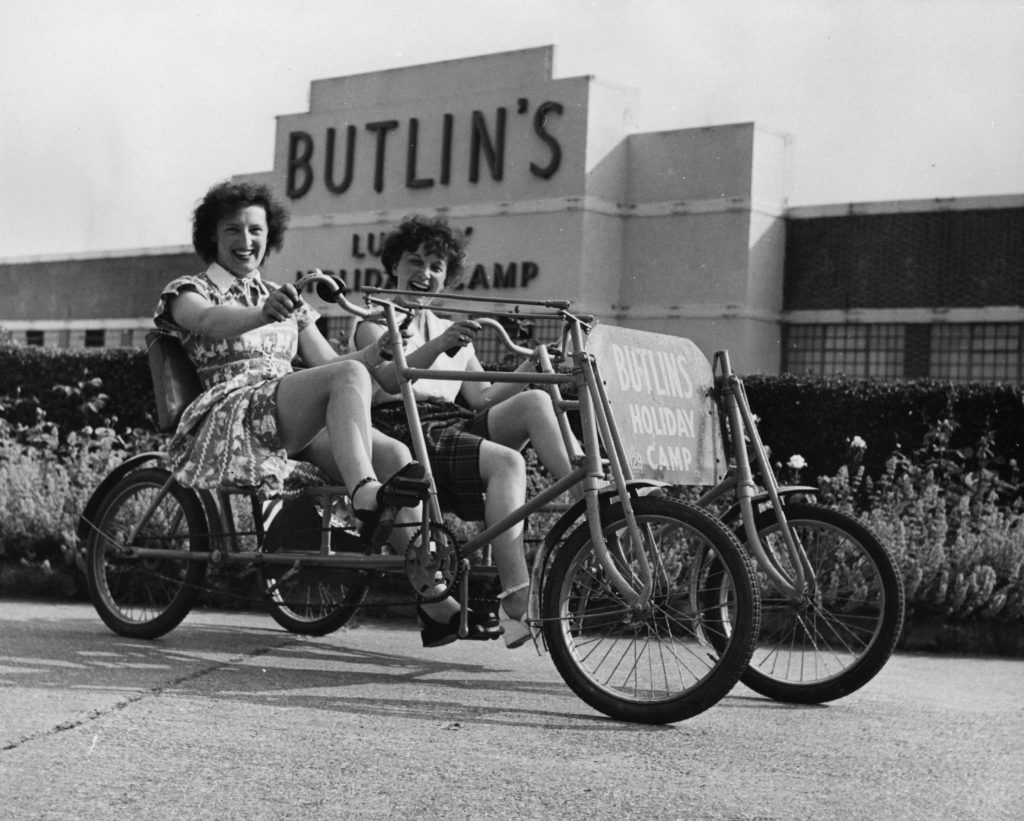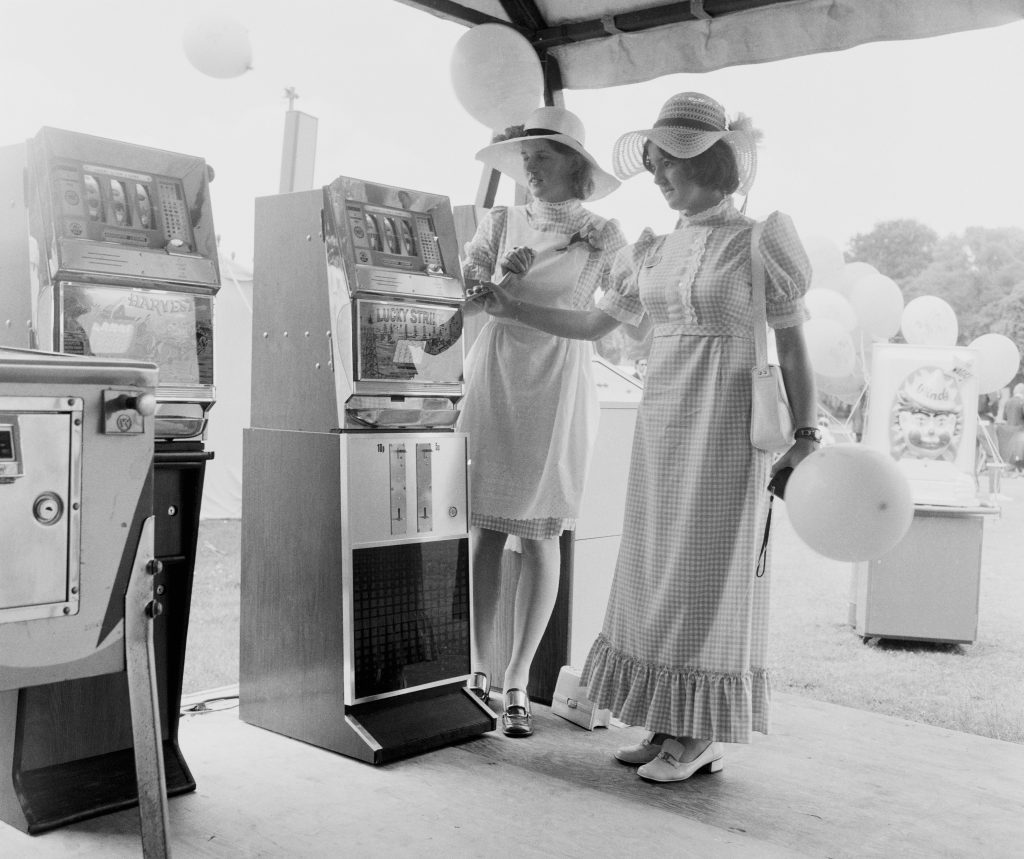
BRITAIN’S beaches are enjoying a bumper summer.
A sharp rise in holiday prices after Brexit, coupled with uncertainty, has encouraged more people to opt for a holiday at home.
But it’s a very different break to times gone by when the word “staycation” hadn’t even been coined.
A trip to the beach with a bucket and spade was the highlight of the year for most families, who enjoyed a love affair with the country’s coast. Building sandcastles, donkey rides and almost breaking your teeth on a stick of rock were what made a beach holiday.
However, nowadays many of these traditions are on their way out, with families more likely to spend more time on their terrific technologies, such as smartphones, iPads and Kindles.
A recent study by seaside holiday provider Beach Retreats revealed that over two thirds of Brits wouldn’t fully enjoy a seaside holiday unless they had their mobile phone.
Phones have replaced postcards, with people sharing their holiday moments on social media. And Candy Crush and Pokemon Go have replaced I-Spy on the drive to the sea.
However, one thing technology can’t compete with is a good old sea breeze, with almost three quarters of people saying the sea air is what they love most about the seaside.
Butlins
Knobbly knees contests, glamorous grannies and bathing beauties were all part of what made a trip to Butlins.
And this year marks the 80th anniversary of the old home of the Redcoat. Back in 1936, Billy Butlin revolutionised the nation’s leisure time when he opened the first of his holiday camps in Skegness.
It was intended as an all-weathers wonder and over the next 30 years 10 camps were built. The camp at Ayr opened in 1946 and generations of Scots got used to the daytime pool fun, mini railway and evenings at the ballroom and bars.
Changing tastes mean there are now just three camps left: Bognor Regis, Minehead and Skegness.
Entertainment
When the sun went down, it was show time at Britain’s seaside resorts. Each had theatres packing in big crowds for the variety shows, with towns bidding to book the biggest stars.
They were such a draw that Hollywood names like Laurel and Hardy were lured to top the bill.
Even as late as the 1970s seaside variety was in rude health with Mike Yarwood, Cannon and Ball and the Barron Knights among the acts signed up for May to September seasons.
It was such a big part of the summer that the BBC’s big Saturday night show in the 1970s was Seaside Special. The Ayr Gaiety’s summer variety show, the Gaiety Whirl, was a huge hit and at its height ran for 26 weeks.
Punch and Judy
Puppet shows first appeared on the beach in the 19th Century when huge audiences would gather round to watch the slapstick comedy.
But with the gradual decline of the traditional British seaside holiday, Punch and Judy professors have found it harder and harder to make a beach living.
In the era of modern technology we live in, and so much focus on iPads and mobile phones, it’s surprising that the show still commands the attention of youngsters, but it’s perhaps the sheer simplicity that makes it so appealing.
And that’s definitely the way to do it!
Amusements
Everyone remembers the classic amusement arcade… eyes down for the bingo, the taunt of the claw machine filled with cigarettes and watches which would slide out of the grabber at the last minute, the laughing clown, Champion the wonder horse. In those days, it was all about simple pleasures – and everything cost a penny.
Today, the amusements still attract a wide age range. Arcades aren’t as prevalent or popular but they’re still hanging around, as tacky and enjoyable as ever.
Donkey rides
Donkey rides have been synonymous with a day at the beach since they first appeared at Margate about 125 years ago.
In recent years, many resorts have lost their traditional donkeys as owners have given up the business.
And in Blackpool, home to the largest number of beach donkeys in the UK, there was even a plan to replace them with camels which are better suited to the sandy conditions – but it failed because they don’t like wet summers.
However, they’re still going strong in several areas, and regulations have been brought in to protect the animals. Donkey ride operators, while keeping the Victorian ritual alive, are moving with the times.
Towering success
Blackpool has been the country’s seaside favourite for more than a century.
In its heyday in the 1950s, it was attracting up to 17 million visitors a year.
The North, South and Central piers, completed in Victorian times, and the Golden Mile with its candy floss, fortune tellers, ice cream stalls, fish and chip shops, rock and souvenirs were a magnet, particularly for holidaying Scots. Jugs of tea were available to take on to the beach.
But the town has changed with the times with the ever-popular 518ft-tall Tower housing five popular attractions, including the glass-floored SkyWalk. Madame Tussauds, the Sea Life Centre and the Pleasure Beach all entertain today’s visitors. And the Illuminations, switched on this year on September 2, continue to be a big draw.
READ MORE
Over a million Brits choose to stay in the UK for a holiday… so they can bring their dog
Blackpool Pleasure Beach celebrates 120 years of thrills and spills

Enjoy the convenience of having The Sunday Post delivered as a digital ePaper straight to your smartphone, tablet or computer.
Subscribe for only £5.49 a month and enjoy all the benefits of the printed paper as a digital replica.
Subscribe
